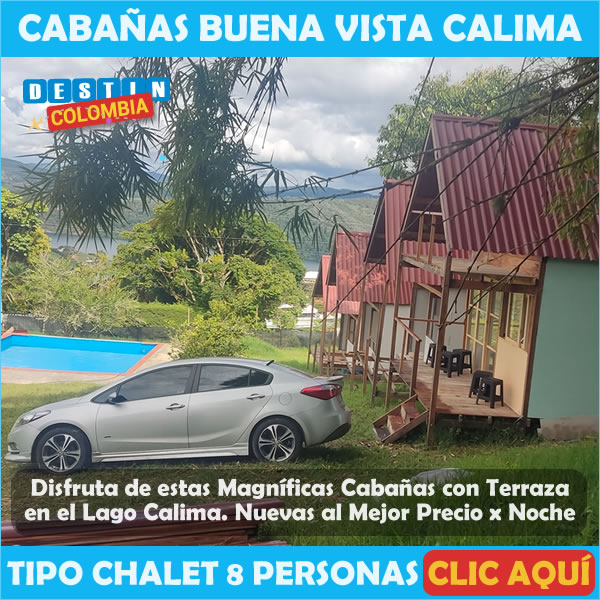
Conozca más sobre Spanish Courses And Flamenco, en relación con Institutos Educativos
INSTITUTOS EDUCATIVOS, Referencia a Spanish Courses And Flamenco enfocada en la sección de institutos educativos para apreciación de nuestros allegados.Flamenco returns to Instituto Hemingway and this time we go to the Bilborock hall to participate in two flamenco events.
– Una Noche con Jaleo (Friday 19th October at 21.00)
– Recital de Miguel Poveda y Chicuelo (Thursday 25th October at 21.00)
Students studying Spanish or any of the participants on the voluntary programmes, business internships or Spanish teaching course ELE are invited to participate in this flamenco programme.
A bit of Flamenco (source: Red 2000.com)
Flamenco is an art which presents itself in 2 forms: music and dance. In music, singing and the guitar have the fundamental roles although there are other instruments (such as Percussion) and accompaniments (such as clapping) which are generally present and also play important roles.
Dance is very expressive and each part of the body has to be coordinated; legs, feet, hips, waist, arms, hands, fingers, shoulders, head….
In order to learn flamenco, as for other art forms, 2 ingredients are necessary: soul and technique and these are not easy goals considering that Flamenco is very rich and complicated. There are more than 50 types of Flamenco. Each «type» has it´s own rhythms, it´s own harmony and in the cases where there is a type of dance, each will be a unique dance.
In order to simplify things, we can group these types in two groups:
1) Flamenco Jondo (which means deep), a serious style which expresses profound feelings which are frequently tragic. Here the subject matter includes love, disappointment and pain, and the dance is very expressive, profound and intimate. It is because of this that this type is the most difficult to understand for people who are not familiar with Flamenco and therefore it appears mainly in expert circles or in theatre and concert halls.
Some examples of Jondo include: Bulerías, Farruca, Martinete, Minera, Petenera, Soleá y Tiento.
2) Festero Flamenco is a happier. As the title suggests, it is present in fiestas and celebrations in Andalusia. The themes discussed are happy, and concern love and feelings. They evoke images places, fiestas and flamenco scenarios which are at times comical. Examples of Festero Flamenco are: las Sevillanas, la Rumba, los Tangillos and las Alegrías.
Naturally there are many kinds of flamenco and many interpretations which cannot be easily categorised. In any case, what all flamenco has in common is the feeling. In order to express this feeling, Flamenco uses very strong forms which generally touch everyone. You can love or hate flamenco.
More Institutos Educativos Articles
Ver más temáticas de institutos educativos
COMENTARIOS SOBRE SPANISH COURSES AND FLAMENCO

Nos interesaría conocer lo que piensa sobre spanish courses and flamenco. Por favor Déjenos sus Comentarios sobre el encabezado: spanish courses and flamenco con respecto a institutos educativos.
educaya.org no posee ningún contrato o vínculo con spanish courses and flamenco ni las empresas, personas o instituciones que redactan y publican el artículo aquí referenciado. Si desea visitar el portal web de origen de Spanish Courses And Flamenco por favor ingrese a los links de referencia que están arriba en el artículo con Institutos educativos.
 educaya.org Temás de Educación, Virtual, Postgrados, Maestrías, Carreras técnicas, Colegiós y demás
educaya.org Temás de Educación, Virtual, Postgrados, Maestrías, Carreras técnicas, Colegiós y demás



